If you suffer from upper back pain, you know how uncomfortable and disruptive it can be. Massage can be a powerful tool for relieving upper back pain. In this article, you will learn how to massage upper back pain and the proven techniques that provide fast relief. From learning the proper massage techniques to selecting the right massage oils and creams, this article will provide you with the information you need to find relief from your upper back pain.
Contents
Causes of Upper Back Pain
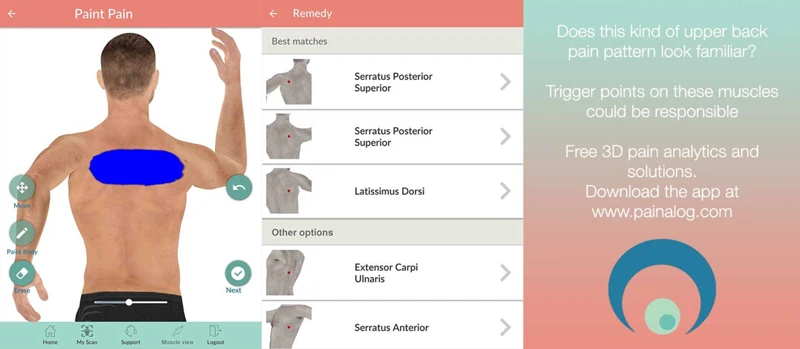
Upper back pain is often caused by poor posture, muscle strain, or injury to the spine. Poor posture can lead to tension in the muscles of the upper back, which can cause pain and discomfort. Muscle strain can occur from activities such as lifting heavy objects or doing repetitive tasks. Injury to the spine can occur from falls, sports injuries, and accidents. Other causes of upper back pain include arthritis, scoliosis, fibromyalgia, nerve pain, and degenerative disc disease.
Stress and anxiety can also contribute to upper back pain. Stress can cause the muscles to become tense, leading to pain. Anxiety can cause muscle tension and tightness, leading to pain and spasms. Poor posture while sitting, standing, or sleeping can also contribute to upper back pain.
How to give a Back Massage for Upper Back Pain
To relieve upper back pain, a back massage can help to relax the muscles, reduce tension, and improve mobility. Massages can be done using a variety of techniques, such as Swedish massage, trigger point therapy, and acupressure. It is important to find a massage therapist who is experienced in treating upper back pain, as they will be able to use the best techniques for the individual’s needs.
Massages should be done slowly and with pressure that is comfortable for the individual. Massaging the area around the pain can help to reduce tension and increase mobility. Deep tissue massages can help to increase circulation and reduce inflammation.
It is important to take breaks during a massage, as the muscles can become sore or tense. Stretching before and after a massage can help to reduce tension and improve flexibility. It is also important to drink plenty of water before and after a massage, to help flush out toxins and keep the body hydrated.
Benefits of Massage for Upper Back Pain
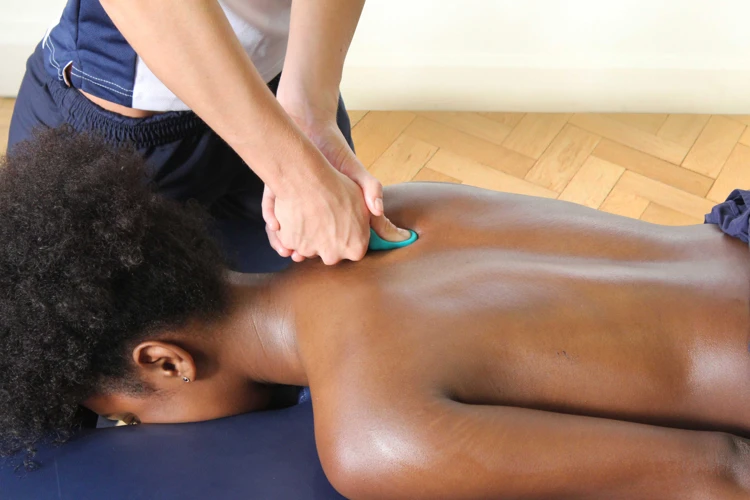
- Reduces Muscle Tension: Massage relaxes the muscles, reduces their tightness, and improves their flexibility. This reduces the pain in the upper back.
- Improves Circulation: Massage helps to improve circulation of the blood and lymph in the area, which helps to reduce inflammation and pain.
- Boosts Endorphin Production: Massage stimulates the production of endorphins, which are the body’s natural painkillers. This helps to reduce the pain in the upper back.
- Improves Mobility: Massage helps to improve the range of motion in the upper back, which helps to reduce the pain and stiffness associated with the condition.
- Reduces Stress and Anxiety: Massage helps to relax the body and reduce stress and anxiety, which can help to reduce the pain in the upper back.
Massage therapy is an effective and natural way to relieve upper back pain. By following the proven techniques outlined above, you can get fast and lasting relief from the pain and discomfort associated with the condition.
Massage Techniques for Upper Back Pain Relief
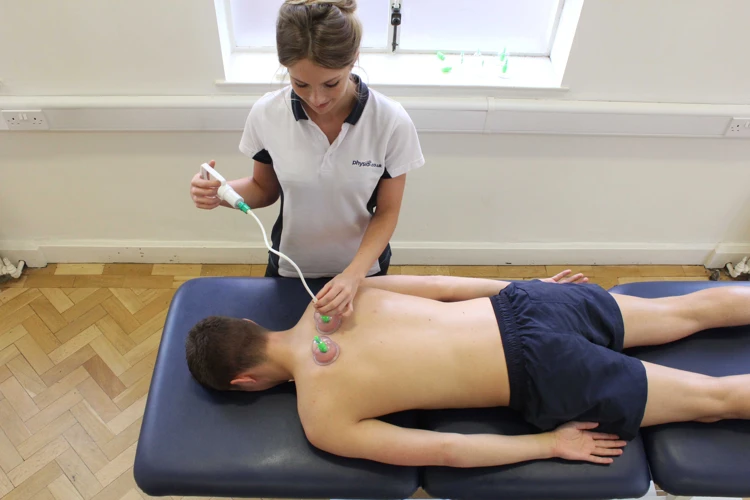
Effleurage
Effleurage is a gentle massage technique that is used to warm up the muscle tissue and stimulate circulation. To perform effleurage, use the palms of your hands to make long, gliding strokes along the length of the muscle. Move slowly and smoothly with a light to moderate pressure, and avoid putting too much pressure on the spine.
Petrissage
Petrissage is a more intense technique that is used to knead and squeeze the muscle fibers. To perform petrissage, use your fingers, thumbs and palms to grip, squeeze and roll the muscle. Apply a moderate to firm pressure as you massage the muscles, and be sure to work both sides of the body evenly.
Friction
Friction is a technique that is used to break down adhesions and scar tissue that can form in the muscles. To perform friction, apply deep, circular pressure with your fingertips, knuckles or the side of your hand. Move slowly and steadily, and use a moderate to firm pressure.
Tapotement
Tapotement is a technique that involves tapping and percussing the muscles with the hands or fingers. To perform tapotement, use short, brisk strokes with your fingertips, knuckles or the edge of your hand. Be sure to use a light to moderate pressure, and move quickly and steadily.
Tips for Giving a Back Massage
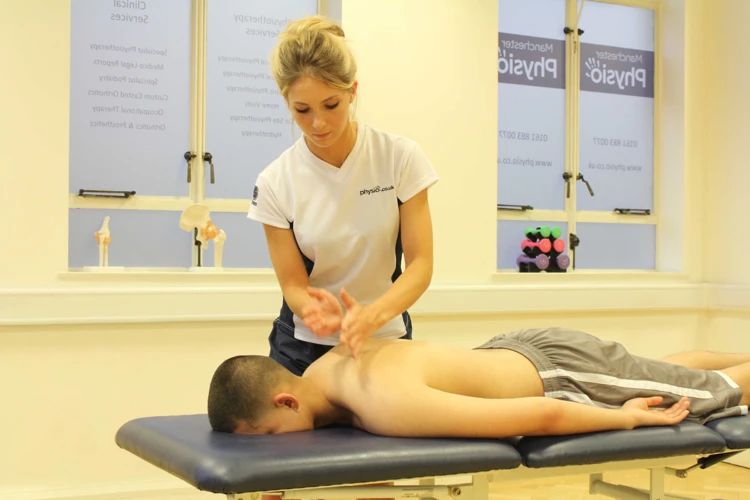
- Start with the feet: Start by massaging the feet to help relieve tension and begin the body’s relaxation process.
- Work your way up: Begin with gentle circular motions on the lower back, then work your way up the spine using long strokes.
- Use gentle pressure: Use gentle pressure to massage the back muscles. This will help to relieve tension and reduce muscle soreness.
- Focus on knots: If you notice any knots or areas of tension, focus on them and apply more pressure. This will help to release the tension and reduce pain.
- Be mindful of breathing: Be mindful of your breathing while giving the massage. Breathing deeply will help to relax the body and make the massage more effective.
- Listen to feedback: Pay attention to the person’s reactions and listen to their feedback. If they say that the pressure is too much, reduce the pressure.
- Finish with a gentle touch: Finish the massage with a gentle touch to help the person relax and become more aware of their body.
Aftercare for Upper Back Pain
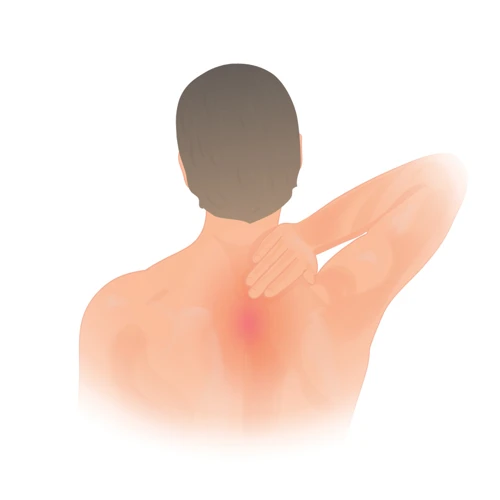
- Rest: After massaging your upper back, take some time to rest and relax. This will help the muscles to heal and prevent further strain.
- Heat: Applying heat to the area can help to reduce pain and inflammation. Heat pads or warm compresses are both effective.
- Stretching: Gentle stretching can help to reduce stiffness and restore range of motion. Try incorporating a few stretches into your daily routine.
- Hydration: Keeping your body hydrated can help to reduce pain and inflammation. Make sure to drink plenty of water throughout the day.
- Ice: Applying ice to the area can help to reduce swelling and pain. Use a cold compress or ice pack for 15-20 minutes at a time.
- Exercise: Regular exercise can help to strengthen the muscles and improve flexibility. Low impact activities such as walking or swimming are best.
When to Seek Professional Help
Severe pain: If the pain is severe and does not respond to home remedies or massage, it is advisable to seek professional help from a doctor. This is especially important if the pain is accompanied by other symptoms such as fever, swelling, or redness.
Chronic pain: If the upper back pain persists for more than two weeks, it is best to seek professional help from a doctor. Chronic pain can be caused by a range of conditions such as arthritis, disc degeneration, or fibromyalgia. A doctor can diagnose the underlying condition and recommend appropriate treatment.
Underlying medical condition: If the upper back pain is accompanied by a medical condition such as diabetes, obesity, or high blood pressure, it is important to seek professional help. A doctor can assess the condition and recommend the best course of action.
Injury: If the upper back pain is due to an injury, it is important to seek professional help. An experienced doctor can accurately diagnose the injury and recommend the best course of action for recovery.
Frequently Asked Questions
What is the Most Effective Technique for Relieving Upper Back Pain?
Deep tissue massage is the most effective technique for relieving upper back pain. This type of massage technique focuses on the deeper layers of muscle and connective tissue, targeting areas of tension and pain. Deep tissue massage helps to break up and release the build-up of scar tissue, allowing it to be released from the muscle fibers. It also helps to increase circulation, reduce inflammation and decrease muscle spasms. This type of massage is particularly helpful for those who have suffered an injury or strain and are looking for long-term relief.
How often should I massage my upper back to maximize the benefits?
Massaging the upper back to relieve pain should be done at least three times a week. The key to getting the most out of the massage is to use the right amount of pressure and focus on the affected area for at least a few minutes. To ensure the best results, it’s important to keep the massage up over time and make sure to take proper breaks in between sessions.
Are there certain massage techniques that are more beneficial for upper back pain than others?
Certain massage techniques are particularly effective for upper back pain, such as Swedish massage, myofascial release, trigger point therapy, and deep tissue massage. Swedish massage is best for relieving tension, while myofascial release helps to release tightness in the muscles. Trigger point therapy targets specific knots, while deep tissue massage is used to release deeper layers of tightness in the muscles. Additionally, stretches, heat or cold therapy, and electrical stimulation can be used to relieve upper back pain.
Are there any precautions I should take before massaging my upper back?
Yes:
- Check with your doctor if you have any medical conditions or if you are taking any medications.
- Avoid massaging if you have any open sores or wounds.
- Do not massage an area for more than 10 minutes at a time.
- Avoid massaging areas that may be inflamed, swollen, or bruised.
- Avoid applying too much pressure when massaging your upper back.
- Avoid massaging if you have any contagious diseases.
- Drink plenty of water before and after your massage.
Is there any way to tell if I am massaging my upper back correctly?
- Pay attention to your body: If you feel any pain or discomfort while massaging, stop and adjust your technique. If you feel a pleasant, soothing sensation, you are likely doing it correctly.
- Check your posture: Make sure you are sitting up straight and not slouching while massaging. Poor posture can lead to further back pain.
- Listen to your breathing: Taking slow, deep breaths can help you relax, which will make the massage more effective.
- Watch for signs of relief: If your upper back pain is decreasing, then you are likely doing the massage correctly.
Conclusion
Massage therapy is an effective and safe way to relieve upper back pain. It can be used as a standalone treatment or in combination with other treatments such as stretching, heat therapy, and physical therapy. When seeking relief from upper back pain, it is important to ensure that the massage therapist is experienced and knowledgeable in treating back pain. Following the massage therapist’s instructions and the massage techniques outlined in this article can help to reduce pain and discomfort, restore mobility, and improve overall quality of life.

